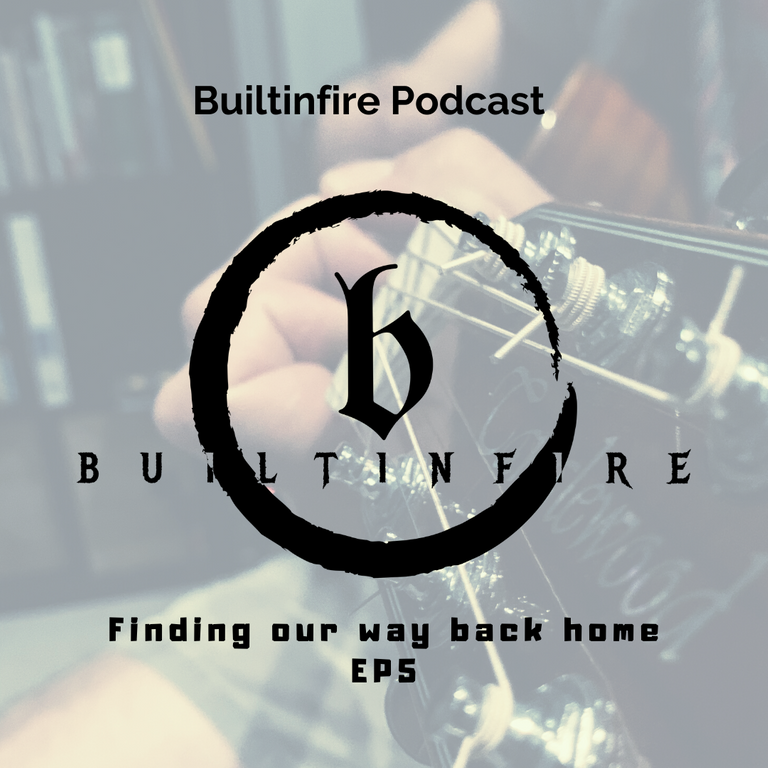
In our latest Podcast we update on the progress of #builtinfire and also talk about #ISRC
We have just finished the process of registering Builtinfire’s ISRC and I thought it relevant to talk about. It’s an extremely important step if you’re recording music. ISRC stands for International Standard Recording Code. This is a unique digital fingerprint that is encrypted into a music or video file that identifies the owner of that recording.
In Australia, ARIA is the agency that provides the ISRC. If you’re based in another country, you’ll need to check who your relevant agency is. An ISRC is a 12 digit unique identifier broken down into four sections.
The first two digits are the country code, the code for Australia is ‘AU’.
The next three digits are the ‘Registrant Code’ issued by your country’s agency, in Australia, this is ARIA. These three digits are unique identifiers of the band or label.
The next two digits are the ‘Year of Reference’ i.e. the year the music or video is released. In 2020, it’s of course 20.
The last five digits are the ‘Designation Code’ This is assigned by the artist, label or publisher. ARIA recommends you start at 00001 for each year and work your way up, i.e. the second recording will be 00002.
So how do you get your ISRC? In Australia, the process is fairly simple: Send an email to isrc@aria.com.au. They will send you back an automated response email with details on how to respond. They supply two tables to choose from, one table if you’re an independent artist and another table if you’re a label. Once you send back the table of choice with the required information, they will send you back your ‘Registrant Code’ and that’s it. You’re now registered with ARIA.
So how do you make up an ISRC? For example, you record your first song in 2020 in Australia. ARIA has issued you your ‘Registrant Code’ of XXX for example. Your ISRC will look like this AUXXX2000001.
So how do you embed this into your recording? This is usually done by the mastering engineer during the mastering process. When you send your recording off for mastering, you’ll supply the mastering engineer with your ISRC to embed it into your mastered track or video. There are ways to do it yourself if you’re doing the whole process yourself. I don’t have experience doing this, but when I looked into this, a software called Sonaris came up in my searches.
So why bother with ISRC? Well, its firstly used in collecting royalty payments, so this should be of priority to you if you’re interested in making money from your music. Secondly, it's becoming more relevant in the fight against piracy. This is an international standard issued by ISO (International Organisation for Standardisation under ISO 3901:2001 and is compatible with modern consumer electronics.
Below is a link to further reading and if you have any questions, please hit us up on IG and we’ll be happy to help.
Congratulations @builtinfire! You received a personal award!
You can view your badges on your Steem Board and compare to others on the Steem Ranking
Vote for @Steemitboard as a witness to get one more award and increased upvotes!